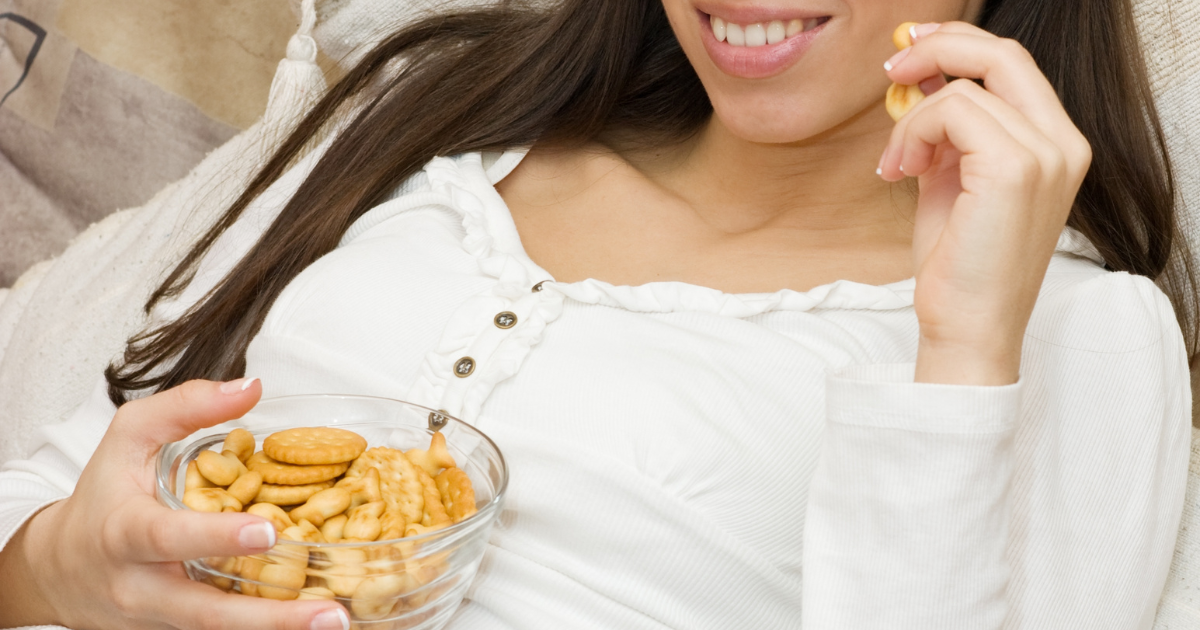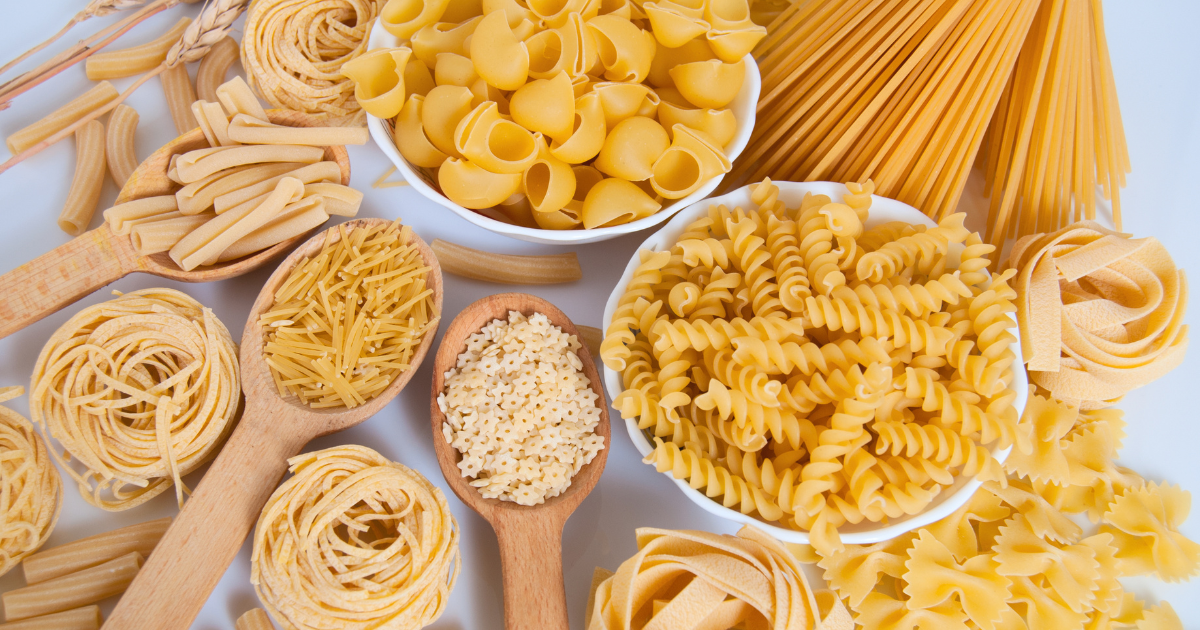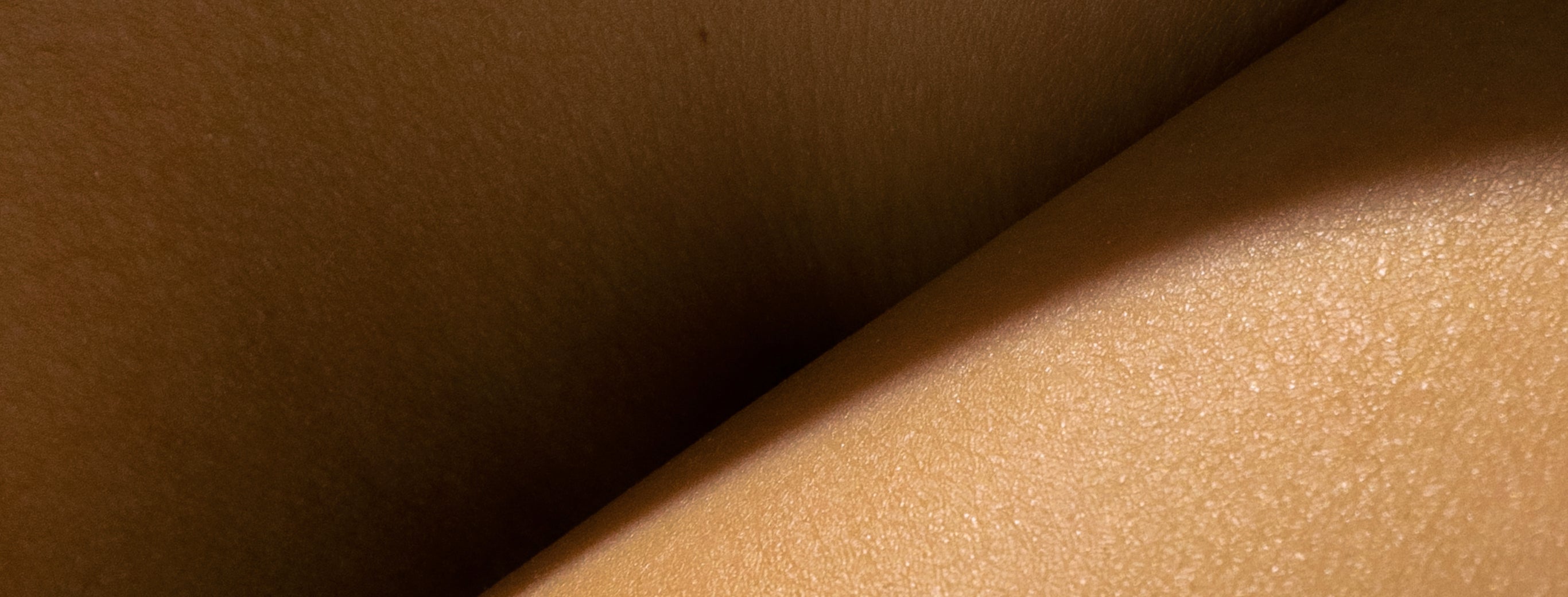Feed the Fat: Top 6 Foods to Eat for your Fat Transfer Surgery

Do you know the term "Feed the fat"? Feed the fat is a concept for fat transfer surgery.
These types of surgeries include Brazilian butt lifts and fat transfers to the breasts, hips or face. The “feed the fat” concept began as a way to teach people to eat high fat foods in order to "keep the fat" after surgery.
If you have a fat transfer surgery coming up, you will absolutely want to read this article and see how you can include these foods in your surgery prep plan.
In today's article, I will be discussing the benefits of high fat foods and my list of favorite fats to eat before your fat transfer surgery! If you have a BBL or other surgery coming up, you will want to save this list for later.
Looking for more nutrition content from a plastic surgery dietitian? Check out these articles next:
- Best Proteins for Plastic Surgery
- Nutrition Recommendations for Patients Undergoing Surgery
- Anti-inflammatory Diet Before Surgery
Benefits of High Fat Foods for Transfer Surgery
Fats are an important nutrient because it plays a role in many of the body's processes and has many benefits.
Benefits of high fat foods include:
- Helping the body heal after surgery
- Promoting energy production
- Helping regulate hormones
- Supporting nutrient absorption
- Helping to meet calorie intake goals without the feeling of needing to eat all day long
If you're planning a fat transfer surgery, it will be important to make sure that your body is getting the nutrients and calories it needs for the best possible outcome. Below I will list my top six fatty foods to eat before a fat transfer surgery that I have seen work great for my nutrition clients.
Action tip #1: Choose 2-3 of the foods below to add into your diet plan to prepare for your transfer surgery.

FEED THE FAT: Top 6 Fatty Foods to Eat Before Transfer Surgery
-
Pistachios:
- Pistachios are high in unsaturated fats, fiber, and antioxidants which can help reduce inflammation and promote healing.
- You can eat pistachios as a snack or add them to a meal for an extra boost of nutrition.
-
Canned Coconut Milk:
- Coconut is high in medium-chain triglycerides (MCTs) and antioxidants which can help increase energy levels and protect the body from inflammation by reducing oxidative damage in the body.
- There are many ways you can use canned coconut milk - for smoothies, baked foods, Indian dishes, and so much more.
-
Ghee:
- Ghee is a type of clarified butter that is more concentrated in fat because the milk solids have been removed. It is easier to digest for those who are lactose intolerant. Ghee is a good source of unsaturated fats, vitamin A, and vitamin E which helps improve skin health and boosts the immune system.
- Cook your vegetables in ghee or spread it onto whole-grain toast.
-
Flaxseeds:
- Flaxseeds are high in Omega-3 Fatty acids (particularly ALA) and fiber that can help improve skin and wound healing. Flaxseeds are also a great source of vitamins and minerals, like magnesium which has anti-inflammatory properties to help with surgery recovery.
- Add flaxseeds to oatmeal, smoothies, and non-fat Greek yogurt bowls. You can also opt for flax oil instead for a more concentrated source.
-
Avocados:
- Avocados are a good source of unsaturated fats, fiber, vitamin C, vitamin E, and vitamin K. These nutrients are important and help with wound healing and better management of blood sugar levels.
- Put frozen avocado into your green smoothie or spread it onto whole grain toast with a boiled egg on top.
-
Salmon and other Fatty Fish:
- Fatty fish, like salmon, tuna, and mackerel are rich in omega-3 fatty acids, which can help reduce inflammation and promote healing. Eating fatty fish 2-3 times a week along with other nutritious foods can help with preparation and recovery of your fat transfer surgery.
- Make a sheet pan salmon meal with lemon and garlic.
Feed the Fat: The Takeaway
The key takeaways from this article:
- Fats are important for your fat transfer surgery, but keep in mind that you want to choose more healthy fats like omega-3 fatty acids and other sources of unsaturated fats.
- Limit foods high in saturated fat like butter and red meats (beef and pork).
- Choosing fats from natural and unprocessed sources can help you not only with your surgery, but also improve your overall health.
- Remember, it is important to eat a balanced nutrition plan that contains more nutrients than just fat for the best results after surgery.
If you are unsure which foods you should be eating for your upcoming surgery, schedule an appointment with me! I am a plastic surgery dietitian and can help you figure out a diet plan that works for you. Follow me here for daily tips! There is no better time to invest in your health than before your surgery!
Follow us on IG here.
Watch our youtube videos here.
Check out our Surgery Kits here for your Fat Transfer Surgery.


